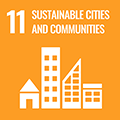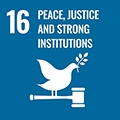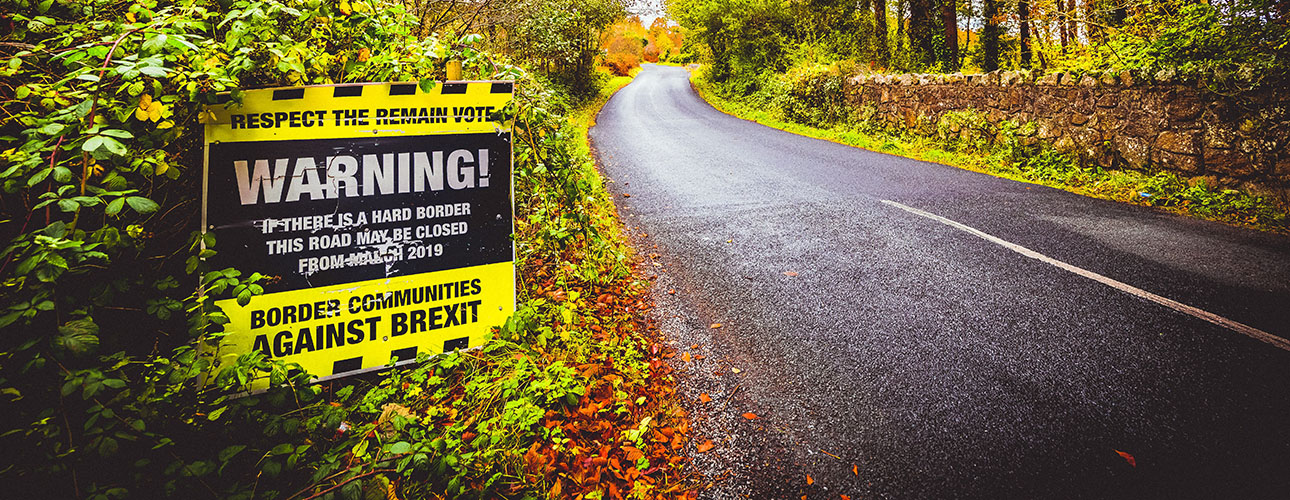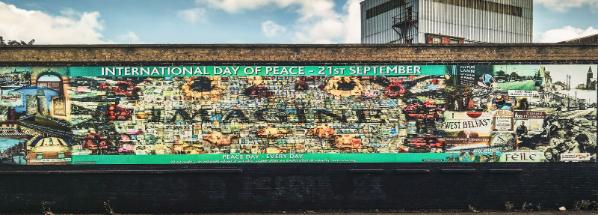‘Brexit’, the result of the 2016 United Kingdom European Union membership referendum, sparked a renewed interest in the UK/Irish border among the media, politicians and public alike, at the same time unearthing widespread misunderstandings and differing perceptions about the Irish ‘borderlands’ region and the communities that inhabit it.
Research Challenge
Queen’s academic, Dr Garrett Carr sought to create a richer contextual understanding of the Irish border’s significance, exploring its permeability, and the history of the places along it’s route.
Our Approach
RE-EXAMINING THE SIGNIFICANCE OF THE BORDER
Garrett Carr has explored the UK-Irish border through a range of media, including innovative maps, a radio documentary and an acclaimed book, The Rule of the Land: Walking Ireland’s Border.
Recognising that conventional notions of the border failed to capture the richness and diversity found along its 300-mile length, the work explores the border’s troubled past and discusses its uncertain future, but does not confine itself simply to Brexit or the Troubles. Rather, it set these events in the context of the much longer and deeper history of the landscape and its people. A central aim of the whole body of work was to show the border as a place, not just a problem, and a place with its own identity and culture, almost a third country between north and south.
“A central aim of the whole body of work was to show the border as a place, not just a problem, and a place with its own identity and culture”
- Dr Garrett Carr
What impact did it make?
A FRESH PERSPECTIVE
Carr’s research has transformed public perceptions of the UK-Irish border in Ireland, Britain, Europe and beyond. Reaching millions of people through diverse media, it has shed light on complexities that have enabled a deeper understanding of political issues central to the Brexit process, while also giving a public platform to its residents. In doing so, Carr’s research has also challenged conventional notions of place and mapping, enabling the general public to consider the role and influence of maps in their lives.
The research has brought fresh perspectives on how the border is represented, both visually and in public discourse, and has raised awareness of the on-the-ground reality of the border to millions of people worldwide. In doing so, his work has challenged the way people think about the border: no longer a line on a map but a region distinct from Ireland north and south with its own landscapes, history, customs and people.
Our impact
Impact related to the UN Sustainable Development Goals
Learn more about Queen’s University’s commitment to nurturing a culture of sustainability and achieving the Sustainable Development Goals (SDGs) through research and education.









